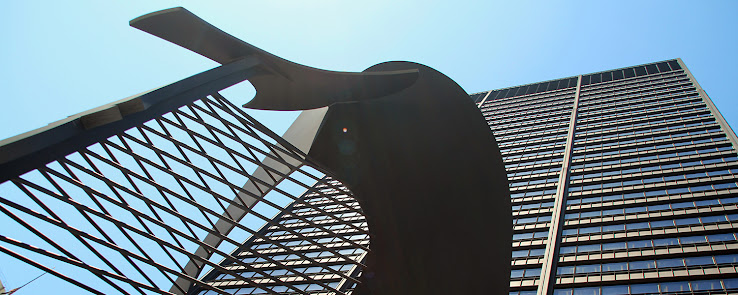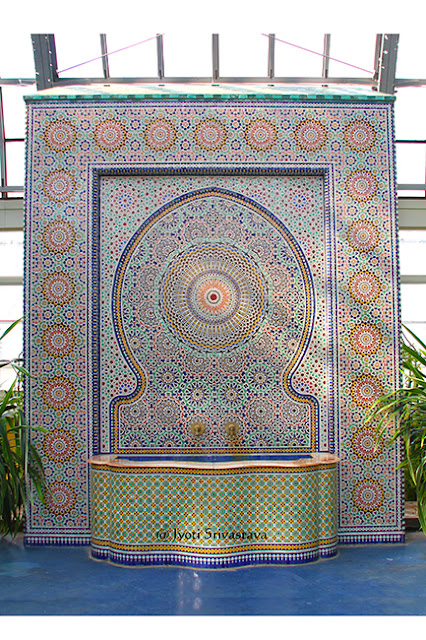
With mercury rising, a great place to beat the summer heat is the Art Institute of Chicago [AIC].. Here's a few photographs with my two friends Hilary and Rizza..
Date: May 25th, 2010..



From ancient to contemporary, from meeting with Goddess Tara, to empathizing with Edward Hopper's Nighthawks..



From admiring the elaborately stenciled [original] Stock Exchange Trading Room.. to .. snacking at the lovely McKinlock Court.. We enjoyed it all, with equal doses of seriousness and tomfoolery!

Image 1: Winged Horse [By John Bradley Storrs]..
Image 2 & 3: Goddess Tara with Hand in Gesture of Reassurance..
Image 4: Nighthawks [By Edward Hopper]..
Image 5, 6 & 7: Original Chicago Stock Exchange Trading Room..
Image 8: McKinlock Court..
For more on .. [click on the links]..
# The Art Institute of Chicago..
This provides a perfect segway for linking some updates..
# McKinlock Court..
# [Original] Chicago Stock Exchange Trading Room..











































